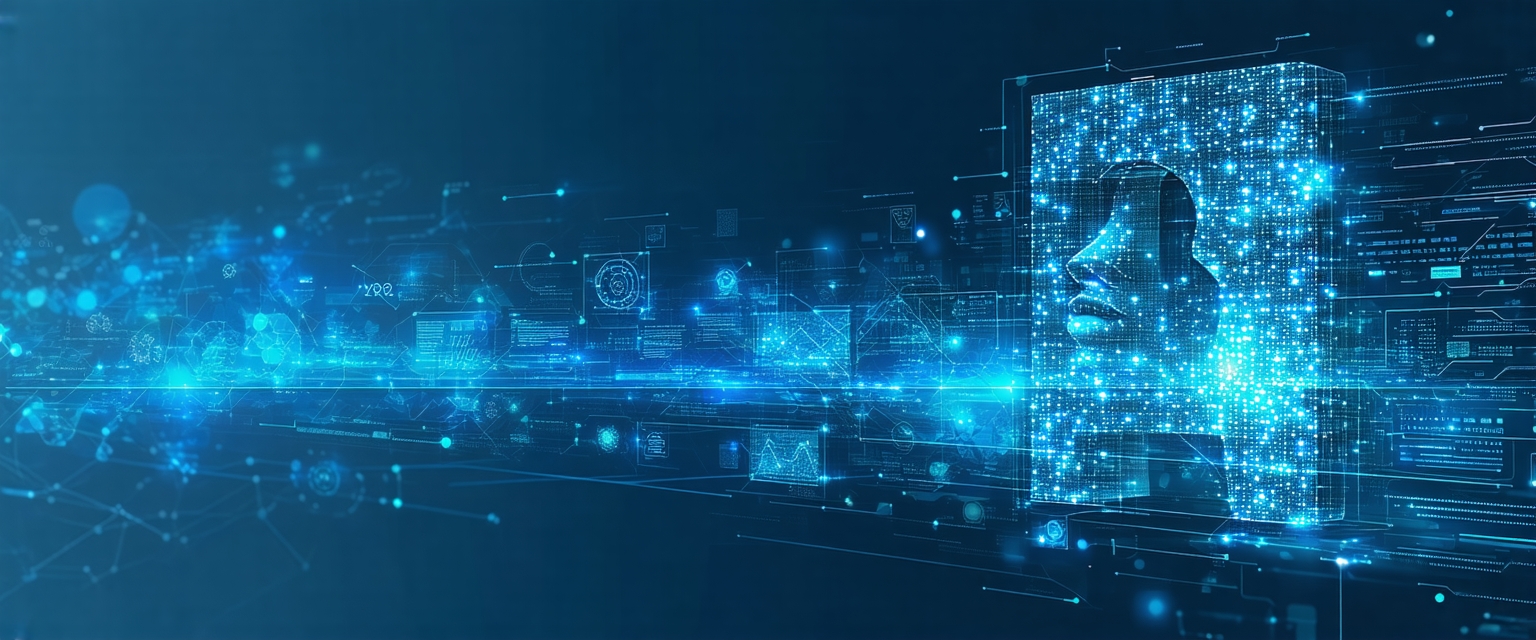






Artificial intelligence (AI) is rapidly evolving, transitioning from a futuristic concept to a transformative force reshaping various aspects of modern life. This evolution is fueled by exponential increases in computing power, the availability of vast datasets, and breakthroughs in machine learning algorithms. Understanding its trajectory is crucial for navigating the opportunities and mitigating the risks it presents.
Early AI research, dating back to the mid-20th century, focused on symbolic reasoning and expert systems. Progress was slow, hampered by limited computing power and data. The shift towards machine learning, particularly deep learning, in recent decades has dramatically accelerated AI’s capabilities. This approach, inspired by the structure and function of the human brain, allows systems to learn from vast amounts of data without explicit programming.
Current AI advancements are remarkable, spanning diverse applications from self-driving cars and medical diagnosis to sophisticated language models and personalized recommendations. Generative AI, capable of producing novel content like text, images, and code, has emerged as a particularly impactful area. Large language models (LLMs) like GPT-4 and others demonstrate impressive natural language processing skills, though concerns regarding their potential misuse remain.
Experts across various fields hold varying perspectives on AI’s impact. While some, like Andrew Ng (Stanford University), emphasize the transformative potential of AI for societal good, others, such as Kate Crawford (Microsoft Research), highlight the ethical concerns surrounding bias, fairness, and job displacement. A recent report by McKinsey Global Institute suggests that AI could contribute trillions of dollars to the global economy by 2030, but also underscores the need for proactive measures to address its potential downsides.
The future of AI hinges on responsible development and deployment. Opportunities abound in healthcare, education, and environmental sustainability. However, risks including job displacement, algorithmic bias, and the potential misuse of AI for malicious purposes necessitate careful consideration. Regulation and ethical frameworks are crucial to steer AI’s development towards a beneficial outcome for humanity. Further research into explainable AI (XAI) will be vital to building trust and understanding.
“`